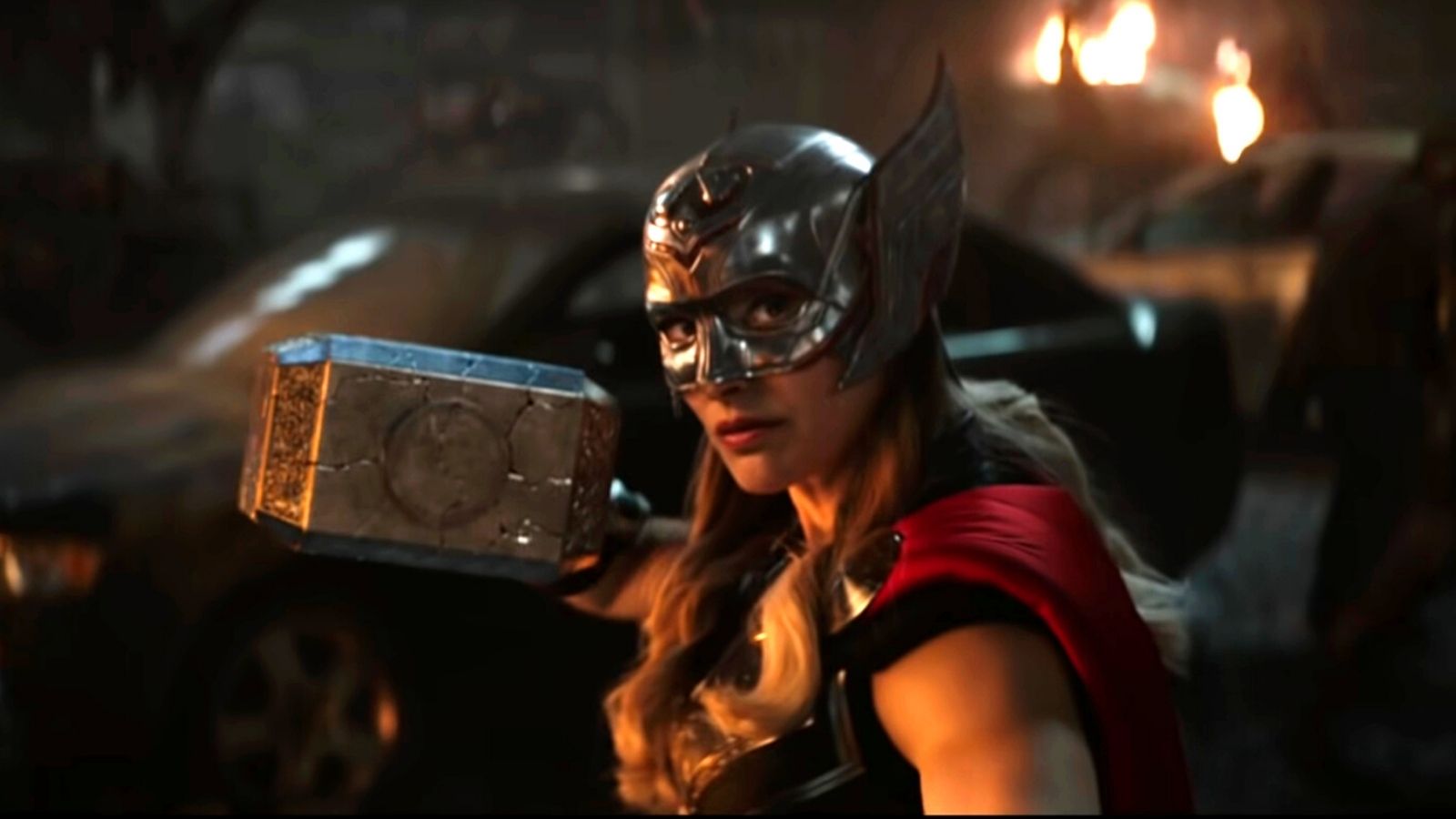Warning: The following article contains spoilers from Thor: Love and Thunder.
It goes without saying that Thor: Love and Thunder is one of MCU’s weirdest entries. It is funny but also feels like a parody in places while including some rather intense scenes laced with a sense of doom. While these sudden shifts in the tone of the film are digestible, there is one core plot point that has left us scratching our heads because it defeats the logic of the film’s storyline – Jane ending up in Valhalla.
Spoilers ahead.
As established in the MCU, Valhalla is the Asgardian afterlife where fallen warriors get to rest and relish in all sorts of lavishness after death. In case that didn’t properly define who gets to gain entry into this mystical astral plane, Thor explicitly highlights in Thor: Love and Thunder the necessary requirement an Asgardian must fulfil to be deemed eligible for Valhalla.
In the first half of the film, we see Thor rushing to the aid of Lady Sif and finding her injured in battle. She rambles on about how she is headed for Valhalla but the God of Thunder rectifies that one has to die during battle, not after it — even if it is due to injuries sustained during the fight — to be admitted there.
Jane and her express ticket to Valhalla

But the MCU seemingly retracts its own logic in the same film it set it up in the first place. In the concluding minutes of the film, Jane lays in Thor’s arms, dying from her cancer, which had been worsened by her continuous usage of Mjölnir. She doesn’t even sustain a grievous injury during her and Thor’s battle with Gorr – her weakened body simply couldn’t fight and survive against the cancer anymore.
So, when she takes her last breath, it is the now-incurable cancer that kills her. Yes, she makes the brave and selfless decision to wield the hammer one last time to save Thor, fully aware that her rapidly deteriorating body won’t survive the stress of wielding the superpowered Mjölnir again. But while she definitely deserves to be in Valhalla for being a true hero and wielding the hammer does make her a Viking, the rules strictly demand a warrior die during battle in order to be allowed inside Valhalla.
And yet, in the post-credits scene, we see Jane in Valhalla, looking around in awe before being escorted inside by Heimdall. What makes her so special that even a godly dimension bent its rules for her?
Wait… did Jane become a God?

It may sound absurd but in a rather roundabout way, Thor: Love and Thunder may have hinted at it. Hear us out.
The moment Jane dies, her body turns into golden dust and it is swept away. We saw the very same thing happening when Odin passed away in Thor: Ragnarok. The All-Father didn’t die in battle either but seeing that being sparkled away means a one-way ticket to Valhalla, then he is in there too. And since he was a God, does that mean godly beings get permanent residence in Valhalla whether they die in battle or not?
But the bigger question is: did wielding Mjölnir turn Jane into a God and that’s why she gained entry into Valhalla even though she didn’t die fighting? Then, by that logic shouldn’t Loki’s death have included a similar sequence – golden sparkle and all? In fact, he even died in the battle against Thanos, which means he fulfilled both the specified and speculated Valhalla-entry rules – the one mentioned by Thor and the one we just highlighted. But he didn’t turn into glitter and wasn’t dusted away to the Asgardian afterlife, or did that happen off-screen?
Questions, questions, so many questions, but not a single answer in sight. And seeing that Phase Four is more about pitching more indiscernible mysteries and less about solving the trillion existing puzzles, we can’t expect any future MCU film to offer a legible answer to this question anytime soon.
So, all we can do (for now) is re-watch Thor: Love and Thunder — which is currently in theaters — and hope we will be able to catch a stray plot point that we missed before, thus allowing us to make sense of what in the name of Zeus happened here.










Published: Jul 13, 2022 11:14 am